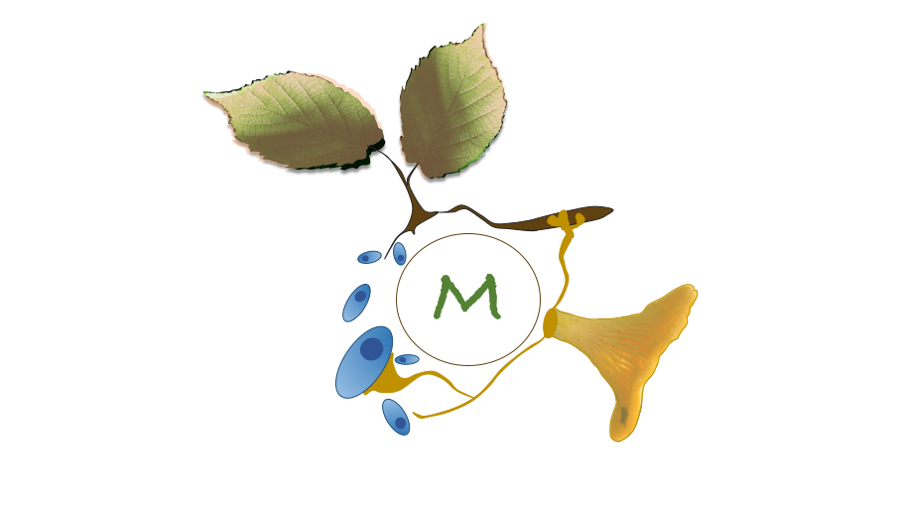Welcome to Dietrich's GitHub!!
Feel free to bookmark this page and follow (or join) my projects!
Welcome to Dietrich Epp Schmidt’s GitHub!
A quick intro: I’m an ecologist that studies agricultural systems. My topical specialization is in soil microbial communities and their responses to land use. I primarily use R for scripting and data analysis. Here are some of my projects:
Soil Health Monitoring
The soil microbiome is an important part of any agricultural production system. It is capable of either harboring damaging pests and disease, or suppressing them. It is capable of augmenting a plant’s capacity to extract nutrients, and capable of increasing a plant’s tolerance of stress; or conversely, totally stressing the plant out! As we are coming to better understand the potential advantages of actively managing the soil microbiome, we need the tools to accurately monitor it’s condition in order to make management decisions. The goal of this project is to evaluate current microbiome annotation tools for their utility for soil health monitoring applications. This project will evaluate both metabarcoding and whole-genome sequencing approaches; and will propose a framework for developing standardized methods that are logistically and technically reasonable for farmers to accomplish without significant cost or training.
Model Microbiome
A tremendous number of statistical inference software exists for microbiome research; however very little of it was designed with environmental experiments in mind. Model microbiome is a software development project intended to create a platform that generates an artificial sampling environment for benchmarking inferential software; and explicitly testing the robustness of each software to a diverse array of potential sampling biases. This software package includes a flexible array of parameters that allow the researcher to adapt the characteristics of their community to the specific system they are working in; and therefor to explicitly test the robustness of several softwares within their own system.
MyMycorrhizaeProject
The goal of this project is to:
- Engage community members in science and the outdoors, and in so doing;
- Map out the distribution and population dynamics of a wide range of choice edible ectomycorrhizal fungi
- Support agroforestry and forest management objectives by:
- Building a technical knowledgebase (and reference material) for reliable inoculation and maintenance of the edible ectomycorrhizal mushroom yield of forest or agroforest systems in North America.
- Maintain wild populations of choice edible mycorrhizal fungi for future generations to enjoy!

GLUSEEN (Urban Soils)
This project examined the urban convergence hypothesis across five globally distributed cities. It included both an amplicon and shotgun sequencing approach using the Illumina sequencing platforms. We found that urban land use did lead to a significant convergence of ectomycorrhizae, driven by a loss of biodiversity under intense management or disturbance regimes. We also found that there was convergence of the archaeal community at a global scale driven by a large increase in abundance and diversity of a small group of ammonia oxidizers across all cities we studied. Further, we found that there were more methanogens under high management and disturbance; and that they were likely sequestering nickel in their biomass. You can read the papers here and here. The website of the GLUSEEN collaboration is here.
CV
coming soon
Cheat sheet for myself:
Bold and Italic and Code text
Syntax highlighted code block
# Header 1
## Header 2
### Header 3
- Bulleted
- List
1. Numbered
2. List
**Bold** and _Italic_ and `Code` text
[Link](url) and 